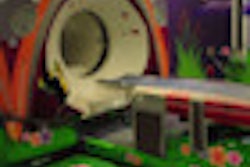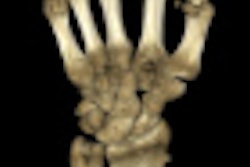Tuesday, November 30 | 11:30 a.m.-11:40 a.m. | SSG13-07 | Room S403A
In this Tuesday paper presentation, a University of Chicago team will share its results with a new computer-aided detection (CAD) technique that may yield higher sensitivity for the all-important flat lesions found on virtual colonoscopy.Flat lesions are more likely to contain carcinoma than polypoid lesions, but they are difficult to find, contributing a major source of false-negative results in virtual colonoscopy. They also represent a challenge for CAD systems, said presenter Kenji Suzuki, PhD.
As a result, the researchers sought to develop a CAD algorithm to tackle flat lesions, employing a "spinning tangent" technique. In their study, the spinning tangent technique produced 82% sensitivity for flat lesions, including finding seven lesions that were missed by radiologists in a clinical trial, Suzuki said. The software had a false-positive rate of 4.5 per patient.
In comparison, a current CAD system that relies on the traditional shape-index method of analysis could only muster a sensitivity of 54% and a false-positive rate of 11 per patient.
"Thus, our new computer-aided detection system would be useful for improving radiologists' sensitivity for flat lesions, reducing the mortality due to colorectal cancer," Suzuki said.





















